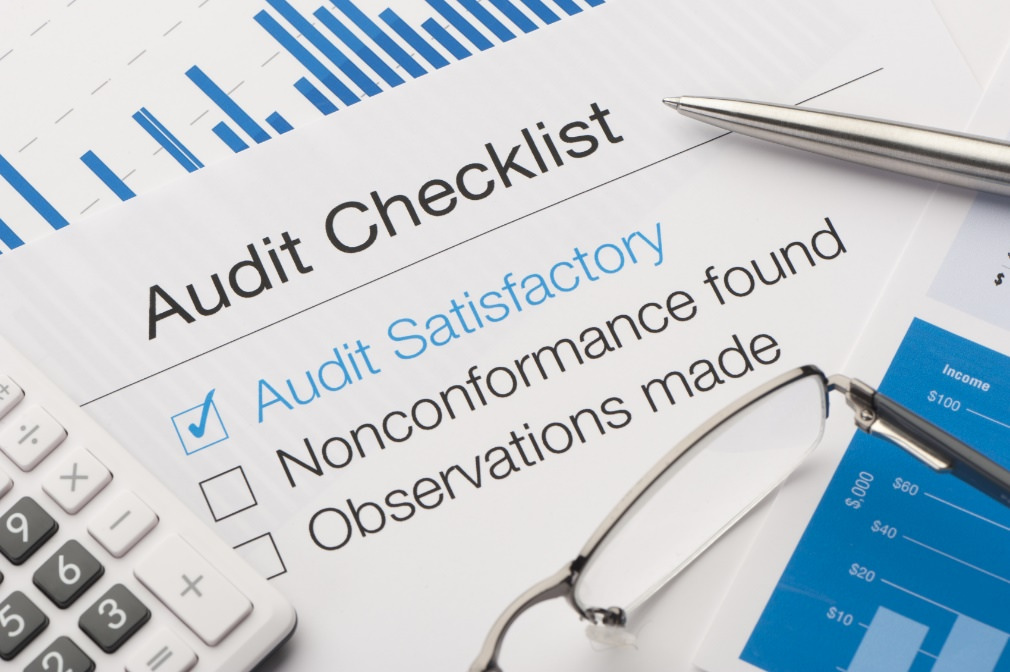The Technique of Conducting a Statutory Audit Step-by-Step
페이지 정보

본문
Conducting a statutory audit is a vital process that helps make sure the financial accuracy and reliability of an organization or organization. It entails an intensive overview and examination of the corporate's monetary information to verify their accuracy and to ensure compliance with related legal guidelines and regulations. The process could be complex and involves many different steps, from planning and preparation to finalizing the audit report. In this article, we will take a step-by-step look at the technique of conducting a statutory audit.
Step 1: Planning and Preparation
The first step in conducting a statutory audit is planning and preparation. This includes identifying the scope of the business audit services singapore, determining the audit targets and scope of labor, and establishing a timeline for the audit. The auditor can even need to gather and evaluation the company's monetary records, as well as related laws and laws, to know the requirements for the audit.
Step 2: Threat Evaluation
A risk assessment is a necessary step within the audit process. It includes figuring out potential dangers and areas of concern that may affect the company's financial statements. The auditor will conduct an initial risk assessment to find out the areas that require additional evaluation. This will assist the auditor to deal with the most important areas and allocate resources accordingly.
It includes figuring out potential dangers and areas of concern that may affect the company's financial statements. The auditor will conduct an initial risk assessment to find out the areas that require additional evaluation. This will assist the auditor to deal with the most important areas and allocate resources accordingly.
Step three: Audit Planning and Engagement
After the initial threat evaluation, the auditor will develop an audit plan, which outlines the scope of the audit, the audit procedures to be carried out, and the timeline for the audit. The auditor will also sign an engagement letter with the consumer, which outlines the terms of the audit engagement, together with the scope, targets, and obligations of the auditor and the consumer.
Step 4: Fieldwork
The fieldwork stage is the most important part of the audit course of. During this stage, the auditor will perform the precise auditing procedures, similar to testing transactions, analyzing financial records, and making observations. The auditor may even interview key personnel, including administration and workers, to gain a greater understanding of the corporate's operations and processes.
Step 5: Sampling
Sampling is a technique utilized by the auditor to test a consultant sample of transactions, accounts, or populations. The sample is chosen to make sure it's consultant of the entire population and that the sampling methodology is acceptable for the aim of the audit. The auditor will evaluate the sample to find out whether it's according to the accounting information and to determine any discrepancies or differences.
Step 6: Analytical Procedures
Analytical procedures are used by the auditor to judge the financial statements and to establish traits, anomalies, or unexplained differences. The auditor will perform analytical procedures, such as ratio analysis, trend evaluation, and financial assertion evaluation, to achieve a greater understanding of the company's performance and monetary place.
Step 7: Completion of Audit Work
As soon as the fieldwork is accomplished, the auditor will consider the results of the audit, including any findings or discrepancies. The auditor will even overview and finalize the audit report, which can doc the findings and recommendations of the audit. The final audit report will outline any potential deficiencies or control points and can document the auditor's opinion on the monetary statements.
Step 8: Audit Report
The final audit report is a vital document that summarizes the outcomes of the audit. The report will doc the auditor's opinion on the financial statements, any findings or suggestions, and evidence of compliance with laws and regulations. The final audit report will be offered to the management and the board of administrators and can be filed with regulatory bodies, as required.
Step 9: Comply with-up
After the audit is completed, the auditor will carry out a follow-up to ensure that any findings or recommendations from the audit have been carried out. The auditor may even evaluate the effectiveness of the corporate's internal controls and ensure that they're working effectively.
In conclusion, conducting a statutory audit is a posh process that entails many alternative steps, from planning and preparation to finalizing the audit report. The auditor should follow a scientific strategy to the audit to make sure that the monetary statements are correct and dependable. By following these steps, the auditor can conduct a radical and efficient audit that provides precious insights into the company's financial position and efficiency.
- 이전글Revolutionizing Online Gambling Safety with Casino79's Scam Verification Platform 25.03.13
- 다음글Sports Activities Betting Apps: 7 Greatest Mobile Betting Apps In The Us For March 2025 25.03.13
댓글목록
등록된 댓글이 없습니다.